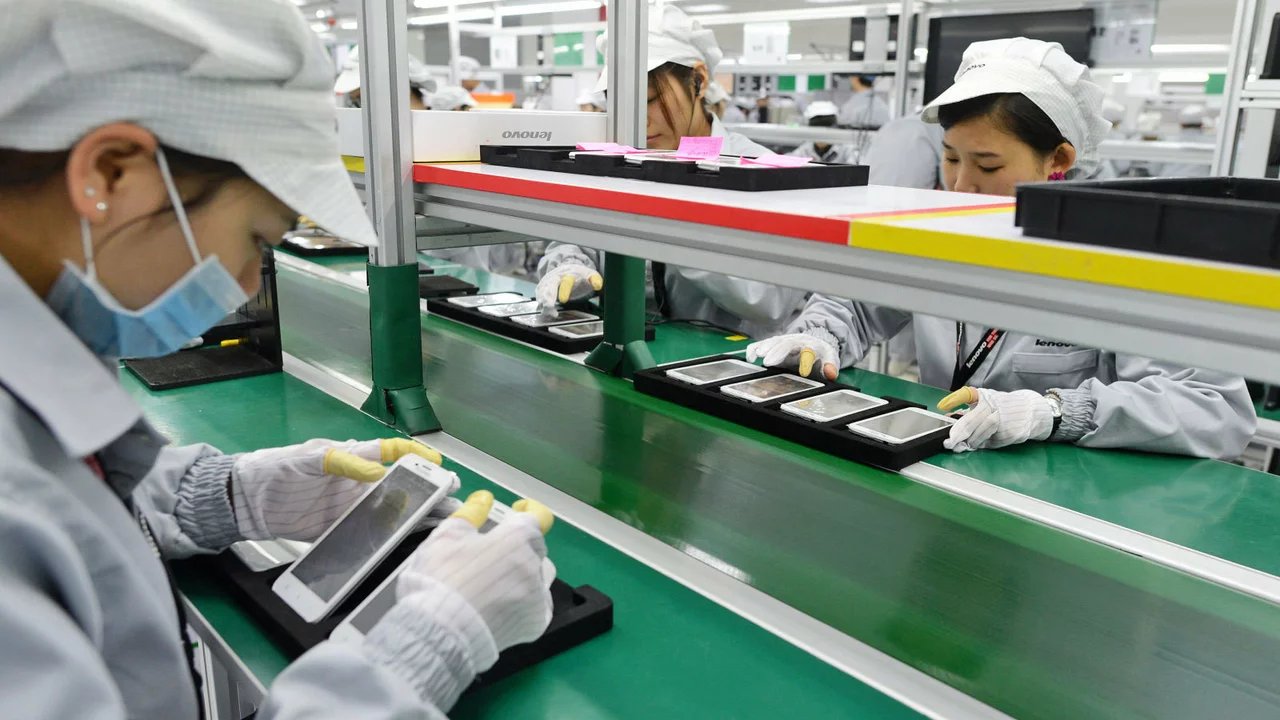Manufacturing Costs Explained – How Phone Prices Are Set
Ever wonder why two phones with similar specs can have very different price tags? The answer often lies in their manufacturing costs. In simple terms, a phone’s cost is what the maker spends on parts, labor, testing, shipping, and everything else needed to turn a design into a device you can hold.
Key Components That Add Up
The biggest chunk is the hardware. The display, processor, memory chips, camera modules and battery each have their own price tag. Premium screens like AMOLED or high‑refresh‑rate panels cost more than basic LCDs. A flagship processor from a top vendor can be twice the price of a mid‑range chip.
Next comes the bill of materials for the casing, buttons, sensors and tiny connectors. Even a small change in the material—say, switching from a plastic back to a glass back—can raise the cost noticeably. Manufacturers also spend on research and development to make these parts smaller and more power‑efficient; those R&D costs are spread across every unit they sell.
Labor is another factor. Phones assembled in countries with higher wages naturally cost more to build. Factories that can churn out millions of units a month benefit from economies of scale, which brings the per‑unit labor cost down.
How Costs Influence What You Pay
Once the raw manufacturing cost is known, a company adds margins for marketing, distribution, warranties and profit. Taxes and import duties in India also affect the final retail price. That’s why a phone made in the same factory can be cheaper in one market and pricier in another.
Brand positioning plays a role too. A premium brand may keep its margins high even if the production cost is similar to a budget competitor. Conversely, budget brands often accept lower margins to stay affordable.
Understanding these cost layers helps you see why a phone with a lower launch price isn’t always a bargain—it might use cheaper parts that affect performance or durability. On the flip side, a higher‑priced phone might just have a better screen or a more efficient processor, not necessarily a massive profit margin.
So, next time you compare two smartphones, think beyond the specs. Look at the manufacturing cost drivers: components, labor, R&D, shipping and taxes. That insight lets you judge whether you’re paying for true value or just a brand markup.

Why are Chinese mobile so cheap?
In my recent research, I discovered why Chinese mobiles are so affordable. The primary reason is the low production costs in China due to cheap labor and local sourcing of components. In addition, high competition among Chinese manufacturers leads to further price reductions. The Chinese government's support and subsidies also play a significant role in reducing the price. However, a lower price tag does not necessarily mean lower quality, as many Chinese mobile brands offer advanced features and good performance.
View More